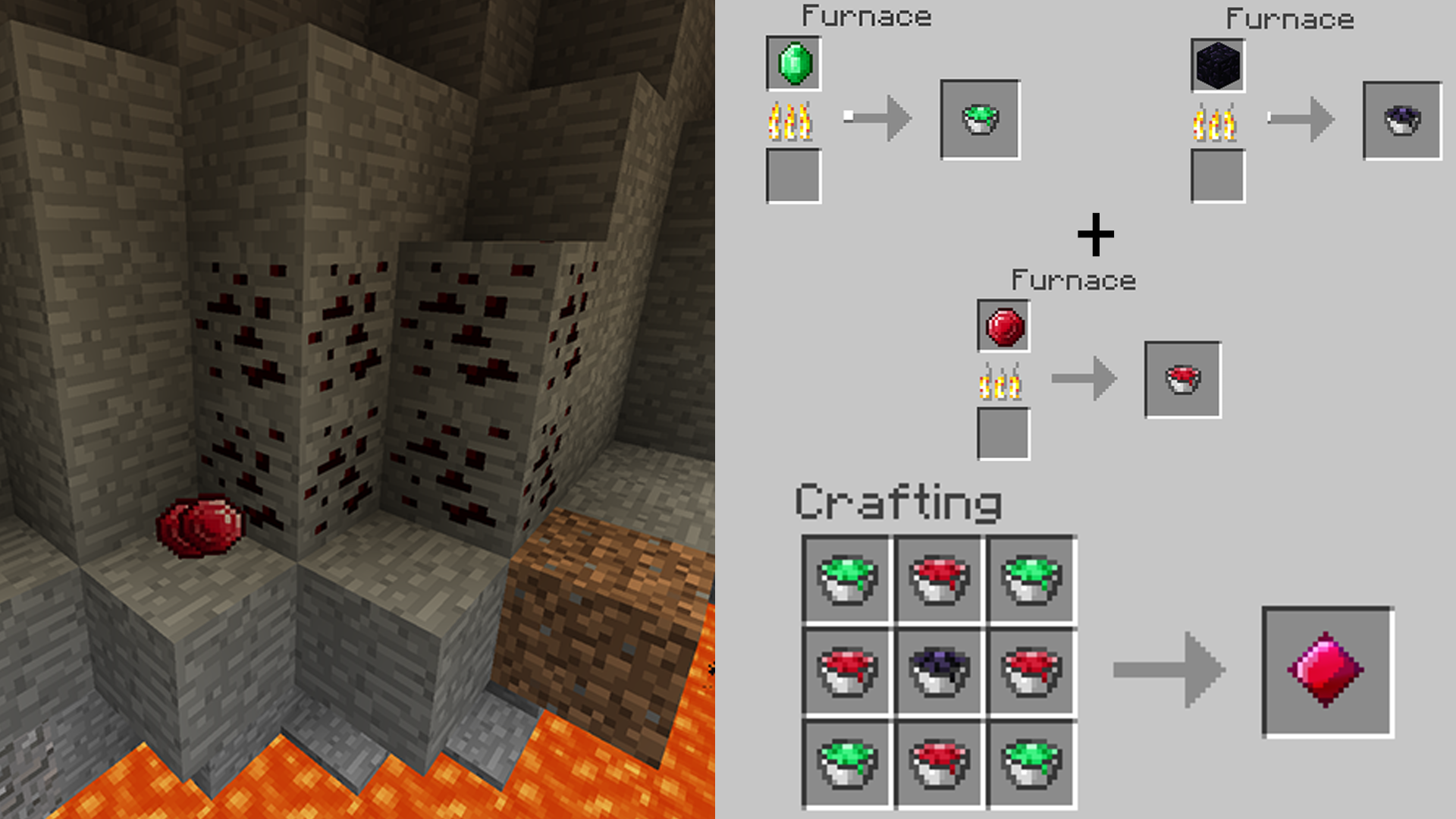

Their instructions are thorough, so I won't reproduce them here.
#Ruby mine install gem download
Download DevKit from the RubyInstaller page, then follow the installation instructions on the Development Kit page. If you have any problems with getting debugging working, I would suggest installing Ruby fresh from here and trying again.
#Ruby mine install gem code
In this part, we'll publish our gem's source code to GitHub:įrom the main menu, select VCS | Import into Version Control | Share Project on GitHub. Metadata: We removed this string from *.gemspec for publishing to RubyGems. We'll use the same value as for the homepage. We'll specify this address later after publishing the gem's code to GitHub.

Homepage: The URL of the gem's home page. In the opened hello_rubymine.gemspec file, specify the required gemspec attributes.įor our sample gem, we've specified the following fields: Press Ctrl+Shift+N, start typing hello_rubymine.gemspec, select the hello_rubymine.gemspec file, and click Enter Perform the following steps to provide the required data: In our project, this information is stored in the hello_rubymine.gemspec file. In the opened lib/hello_rubymine.rb file, add the following code:Įvery gem project has the *.gemspec file containing information for a gem. To open hello_rubymine.rb, press Ctrl+Shift+N, start typing hello_rubymine.rb, select this file, and click Enter. Our newly created project contains the hello_rubymine.rb file in this folder. RubyMine will create a new Gem application.Ĭode for gems is placed within the lib directory. In the invoked dialog, select the required version, and click Install.Īfter you’ve specified all the options, click Create in the New Project dialog. (Optional) If the Bundler gem is not installed in your project's SDK, click Install. Ruby SDK: Select a required Ruby interpreter installed on your system. Location: Specify a project's location and name ( hello_rubymine in our case). In the New Project dialog, select Gem in the Ruby group on the left pane and specify the following settings: Run RubyMine and click New Project on the Welcome Screen. To create a new Gem application, follow the steps below: Install the Ruby distribution for your platform. Register your GitHub account in RubyMine.
#Ruby mine install gem how to
This step-by-step tutorial will show you how to create a simple Ruby gem and publish it to .īefore starting this tutorial, do the following:


 0 kommentar(er)
0 kommentar(er)
